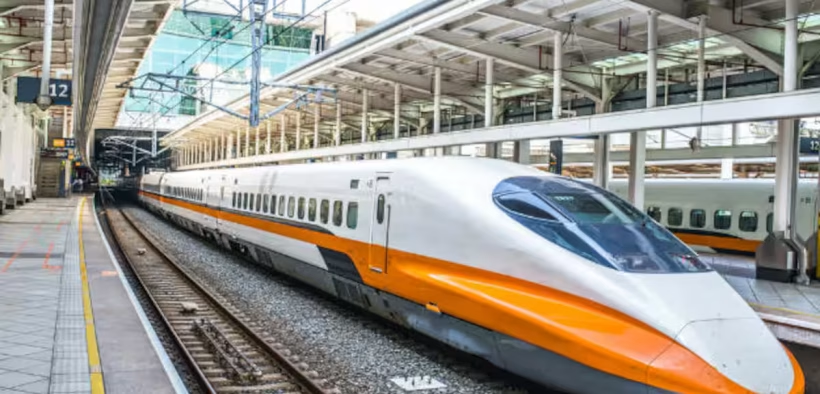India to expand high-speed rail network with more bullet train projects following the Mumbai-Ahmedabad corridor.
Share

India is gearing up to expand its high-speed rail network, starting with the Mumbai-Ahmedabad bullet train project, which is under rapid development. Spanning 508 km and connecting 12 key stations, this flagship project, backed by Japan, features notable advancements like a 21-km undersea tunnel. More cities are expected to join the high-speed rail revolution soon.

With the Ministry of Railways tasking the National High-Speed Rail Corporation Limited (NHSRCL) to develop Detailed Project Reports (DPRs) for several new corridors. These projects aim to revolutionize rail travel, building on the success of the Mumbai-Ahmedabad bullet train corridor. Below are the key details of the new corridors:
Proposed High-Speed Rail Corridors
- Delhi-Varanasi Corridor
- This corridor aims to connect the national capital with the pilgrimage city of Varanasi, significantly reducing travel time.
- It is expected to pass through key locations in Uttar Pradesh, a critical state for the high-speed rail network.
- A potential extension to the Varanasi-Howrah corridor is also under consideration.
- Delhi-Ahmedabad Corridor
- Aimed at connecting the political capital with the commercial hub of Gujarat.
- It will complement the existing Mumbai-Ahmedabad corridor, fostering economic connectivity.
- Delhi-Amritsar Corridor
- This line will connect the national capital with Amritsar, a major cultural and religious center.
- It is expected to enhance regional connectivity in northern India.
- Mumbai-Nagpur Corridor
- This corridor seeks to link Mumbai with Nagpur, offering faster access between Maharashtra’s key commercial and administrative centers.
Challenges and Considerations
- The development of these corridors hinges on:
- Completion of Detailed Project Reports (DPRs).
- Techno-economic feasibility studies to assess viability.
- Securing adequate financing, as high-speed rail projects are capital-intensive.
- Environmental and land acquisition clearances, which are often complex and time-consuming.
Significance of Expansion
- These corridors are expected to:
- Drastically reduce travel times.
- Improve connectivity between major cities and economic hubs.
- Promote sustainable and efficient modes of transportation.
- Drive regional development and economic growth.
Current Status
- As of now, the Mumbai-Ahmedabad High-Speed Rail Project is the only officially sanctioned project, with construction progressing rapidly.
- The new proposed corridors are in the planning and feasibility assessment phase, with approvals contingent on financial and technical viability.
This expansion underscores India’s commitment to modernizing its rail infrastructure to meet growing transportation needs and align with global standards.








